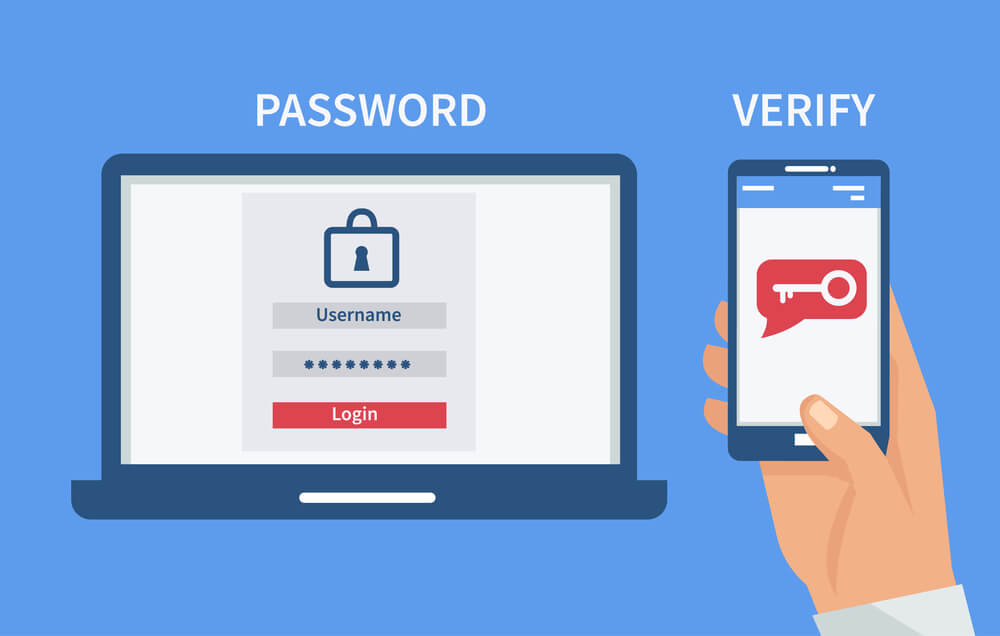In today’s digital age, the internet has revolutionized the way we live, work, and connect with others. However, this interconnectedness also exposes us to the risk of online scams. Online scams come in various forms, from phishing emails and fake websites to identity theft and financial fraud.
To protect yourself from falling victim to these scams, it is essential to understand the common tactics used by scammers and learn preventive measures. In this article, we will explore effective strategies to help you avoid online scams and stay safe while navigating the digital landscape.
Strengthen Your Online Security
Keep your software updated. Regularly update your operating system, and also update all your software to ensure you have the latest security patches. Then, use strong and unique passwords. Create complex passwords that include a mix of uppercase and lowercase letters, numbers, and symbols. Avoid reusing passwords across different accounts.
If you can, enable two-factor authentication. Add an extra layer of security by enabling two-factor authentication wherever possible. This requires a second verification step, such as a text message code or fingerprint scan, in addition to your password.

Exercise Caution with Emails and Messages
Beware of phishing attempts. Be skeptical of unsolicited emails, especially those requesting personal information or urging immediate action. Look for signs of phishing and online scams, such as poor grammar, suspicious URLs, or requests for sensitive data.
Verify the sender’s identity. Pay attention to the email address of the sender. Be cautious of emails claiming to be from reputable organizations but using generic email domains or slightly altered names.
Don’t click on suspicious links. Avoid clicking on links within emails or messages from unknown sources. Hover your mouse over the link to check the URL’s legitimacy before clicking.
Be Wary of Impersonations and Spoofing
Confirm the identity of callers. Scammers may pose as representatives from financial institutions or government agencies. Always verify the caller’s identity before sharing personal information or making any payments.
Validate website authenticity. Look for secure connections (https://) and check for trust indicators like padlock icons in the address bar. Be cautious of websites with misspelled domain names or those that look visually inconsistent or unprofessional.

Protect Your Personal and Financial Information
Limit sharing sensitive information. Only provide personal or financial details on secure websites that you trust. Avoid sharing sensitive information through email, text messages, or public Wi-Fi networks.
Regularly review financial statements. Monitor your bank and credit card statements regularly for any unauthorized transactions. Report any suspicious activities to your financial institution immediately.
Safeguard your Social Security number. Be cautious about sharing your Social Security number unless absolutely necessary. Legitimate organizations generally do not request it via email or phone.

Educate Yourself and Stay Informed
Stay informed about the latest online scams and techniques used by scammers. Knowledge is your best defense against these threats. Use trusted sources, rely on reputable websites, government agencies, and official channels for information and updates regarding online security and scams. Educate others, share your knowledge with friends and family to help them protect themselves from online scams. Spread awareness about the importance of online safety.
In conclusion, as the internet continues to evolve, so do the tactics employed by online scammers. By following these preventive measures and remaining vigilant, you can significantly reduce the risk of falling victim to online scams. Remember, protecting your personal and financial information is of utmost importance. Stay informed, exercise caution, and maintain a proactive approach to online security. By doing so, you can enjoy the benefits of the digital world while minimizing the risks associated with it.
The post Defend Against Online Scams: A Comprehensive Guide to Online Safety appeared first on Adlice Software.